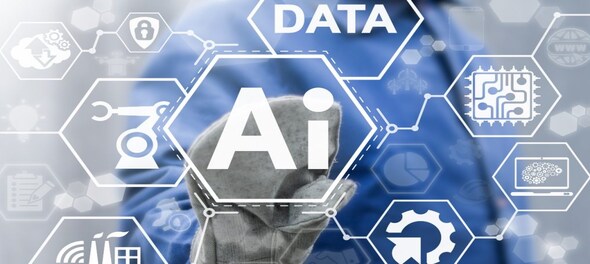
Although artificial intelligence (AI) has the potential to improve crop management and agricultural productivity, there are substantial risk factors in deploying new AI technologies that are not being considered, warn researchers.
“The ramifications of machine learning (ML) models, expert systems and autonomous machines for farms, farmers and food security are poorly understood and under-appreciated,” authors of the risk study published in the journal Nature recently said.
The academics reviewed the risk of AI in agriculture-related to interoperability, safety and security, reliability of data and unintended socio-ecological consequences arising from the use of ML models to optimise yields.
How can AI help?
AI can be used in agriculture to improve crop management and productivity by rapidly identifying plant diseases and efficiently applying agrochemicals. Machine learning can help in rapid plant phenotyping, monitoring farmlands, assessing soil composition and forecasting the weather and predicting yield.
However, deployment of AI and ML design could compromise ecosystems as well as leave growers and agrifood suppliers open to accidents and cyberattacks, first author of the study Asaf Tzachor of the University of Cambridge's Centre for the Study of Existential Risk (CSER) said.
What are the risks?
The authors have listed a number of hazards that must be considered before responsibly deploying AI for agriculture.
According to the researchers, cyber-attackers can poison datasets and shut sprayers, autonomous drones and robotic harvesters, among other things.
Reliability and relevance of agricultural data is also a concern as mostly indigenous farming systems are under-represented in data even though they heavily contribute to local food security.
Risks in India
In India, cognitive computing is being used to learn, understand and interact with different environments and maximise productivity. In Andhra Pradesh, US-based firm Microsoft is working with 175 farmers to provide agricultural, land and fertiliser advisory services, which had resulted in a 30 percent increase in yield per hectare in 2016.
The tech giant has also collaborated with United Phosphorous (UPL), India’s largest producer of agrochemicals, to develop a Pest Risk Prediction API that uses AI to show the risk of pest attack in advance.
In the first phase, the app provided automated voice calls for cotton crops to around 3,000 marginal farmers with less than five acres of land in Telangana, Maharashtra and Madhya Pradesh. The calls provided information on risks of pest attacks based on weather conditions and sowing advisories. One of the biggest risks of AI in India is exposing such farmers to misinformation.
Further, in India, smallholders may not be able to use such advanced technologies due to marginalisation, low internet penetration and a digital divide, which will result in widening the gap between commercial and subsistence farmers.
What can be done to avoid this?
To avoid risks of cyberattacks, the researchers recommend taking the help of ‘white hat hackers’ in identifying security flaws to protect users.
The risks also emphasise the need to establish “agricultural AI systems and services with sensitivity to context, giving consideration to prospective social and ecological ramifications”, the study said.
Risks could be avoided by implementing comprehensive risk assessments and establishing governance protocols.



